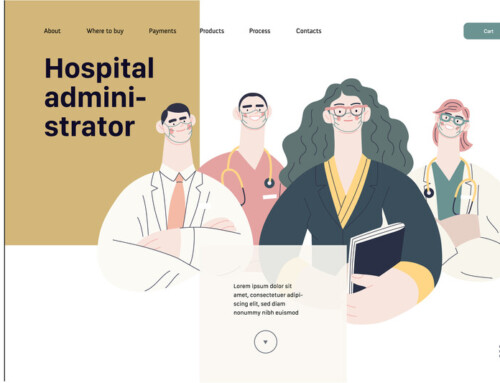◆What is the “system of intervals between work”?
This system is a plan that fixes a settled time that employees are required to rest between the time they finish working to the time they start working again on the next day, and an increasing number of major companies is using it now.
It is designed to prevent extreme overwork, and it is currently in the spotlight as society wonders whether it will continue to spread to many other companies.
◆KDDI’s case
KDDI started to thoroughly enforce a rule requiring “at least 8 or more hours of rest (between shifts)” this July.
The rule applies to about 10,000 employees, excluding those in managing positions, and it prohibits working after 1:00 am, so that employees can rest for 8 hours or more until they start working again at 9:00 am on the next morning.
If an employee works until after 1:00 am, they are required to stagger their hours of work for the relevant amount of overworked time on the next day. For example, if they leave the company at 2:00 am, they should come to work after 10:00 am on the next morning. In addition, in order for employees to not go for days on end resting just the required 8 hours and no more, both the attention of the employees themselves and their bosses will be called when an employee’s rest time is less than 11 hours for more than 11 days in a month.
This was an already existing system, and it has been adapted to apply to a broader range of situations, as per the labor union requests.
◆Already mandatory in the EU
In the European Union (EU,) companies are already required to provide employees with intervals of 11 hours or more between work shifts. A similar legislation does not exist in Japan yet, but labor unions are negotiating with employers to have this rule implemented in an independent way.
◆How will it expand next?
A company developing 24 hour operated restaurants created a system last spring by which managers and employees have to take a “rest interval of 11 hours or more” between shifts. It was a great success, as now “even if managers have to work overtime due to something that suddenly came up, the new system makes it easier to ask part-timers to take care of remaining tasks the next morning.”
3-week work timetables are submitted to the company’s main office to be checked, and when there is not enough staff, employees from nearby restaurants of the same chain are sent over to help.
◆Measures need to be taken for a better distribution and optimization of work
The downside to this system is that it cannot prevent overwork 100%. With an 8 hour rest, and after taking commuting time and time to eat off it, the time to sleep comes down to about 5 hours, which could negatively affect the health of the worker if these conditions continue day after day.
In addition, even if an employee can take a rest, as long as their work burden is not decreased, being forced to rest may have the opposite effect and result in more psychological pressure.
How to make small and medium size enterprises, along with companies with no labor unions, introduce this system, is also another problem. During the council held by the Ministry of Health, Labor, and Welfare last winter, labor unions brought up their opinion that all companies should abide by the “system of intervals between work,” but companies opposed saying that “it is impossible to uniformly introduce the system in all companies,” preventing it from becoming a bill.





